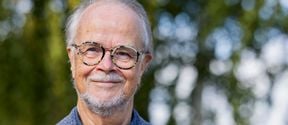Many Shades of Cocreation: Research Designs for Collaboration
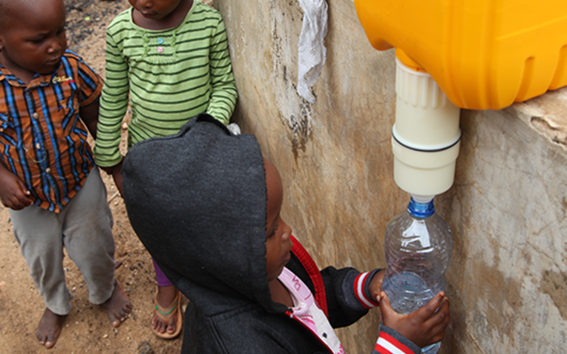
This excerpt was originally published on the Network for Business Sustainability blog. Read the full post here.
Researchers are seldom trained in designing research that is cocreative: where "academic researchers and the practitioners set out to research a problem where their interests intersect.”[1] But many funding opportunities require researchers to closely involve stakeholders in their projects. With a few exceptions, such as the engaged scholarship model, there is no standard research design to follow. Researchers ultimately design their studies to meet project needs. As a result, a variety of designs fall into the broad category of cocreation.
We celebrate this diversity by showcasing four cocreative research designs. In a two-part series, we describe projects’ goals, teams, processes and impacts. This article features two research projects. "Innovation for Sustainability” was led by Amanda Williams (ETH Zurich), Gail Whiteman (Lancaster University), Steve Kennedy (Rotterdam School of Management), and industry partner Rodney Irwin (World Business Council for Sustainable Development). “New Global” was led by Minna Halme and Sara Lindeman (Aalto University).
...
Project: New Global: Co-creating Frugal and Reverse Innovations in Complex Global Systems
Funder: National Innovation Fund, Finland
Goals: Our aim was to position Finland as a future strong player in business that solves global sustainability challenges. This project explored new innovation pathways for our country, looking at the long-term: 15-20 years. We explored how Finnish companies could co-innovate in different ways: for example, by partnering with pioneering start-ups in emerging markets, or by collaborating with universities or intermediary organisations. We explored gaps related to different paths, such as lack of funding or capabilities.
Team: We had an interdisciplinary team building on Aalto’s best knowledge on sustainability, and drawing from established research groups: Sustainability in Business, Water and Development, Nodus Sustainable Design, and Energy (new energy technologies, dept. of physics). Leaders were Prof. Minna Halme and Dr. Sara Lindeman.
Process: The work included a lot of facilitation, but in rather new forms. We conducted experiments, where we encouraged new types of collaborations and partnership and then studied these projects. For example, we engaged several problem-based learning courses to have students look at how a large Finnish water company’s technology could serve low-income populations in East Africa. This exploration resulted in a start-up venture. We also encouraged and facilitated development programs in East Africa in engaging with companies, resulting in new collaborations. We then studied these processes.
We developed a working praxis for interdisciplinary research. We had the challenge of our researchers having separate cases, rather than having one shared case. To create interdisciplinary insights, we had bi-weekly research seminars, weekly co-learning meetings, and weekly work update meetings. The weekly co-learning meetings were especially important to create a joint language and understanding of our work. Creating this culture took a long time and was underpinned by a philosophy of transparency.
Our work also included many stakeholders, with whom we connected through personal networks. To connect the dots between diverse networks, our weekly meetings were critical.
Lessons learned:
- When working with non-academic partners, find a way to demonstrate concretely that you are valuable for them. That value might be something that from your perspective is marginal, for example some tool or list with information. Finding this “sweet spot” for collaborating is essential.
- Interdisciplinary research requires that you budget enough time to develop a common understanding of what you want to do. Nurture a culture where people recognize the value in listening to everyone’s perspective and comments.
- At the outset of our project, the funders' expectations regarding the deliverables were unrealistic. They first expected commercial innovations after two years. This mismatch between the nature of the project and the funder expectations was very challenging. Forutunately, this misconception was corrected and the expectations came in line with the long-term nature of the project.
- It is important to capture more fuzzy outcomes, such as new collaborations or new stakeholder actions.
Deliverables: We have a framework for capturing and communicating our direct and indirect impacts across several spheres, including research, education, business, civil society, government. Our deliverables range from research outputs such as publications, PhDs and Master thesis to innovation deliverables such as a start-up and in-house ventures that have spun off from the project. Our project is described here; in May, this webpage will become a creative online platform.
1. Mohrman, S. A., Pasmore, W. A., Shani, A. B., Stymne, B., & Adler, N. 2008. Toward building a collaborative research community. Handbook of Collaborative Research Community: 615–634. Thousand Oaks, CA: Sage
- Published:
- Updated:
Read more news
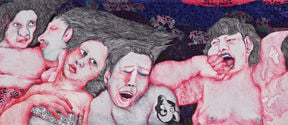
Aalto ARTS alum Vidha Samya’s artwork featured at the Venice Biennale 2024
The Pavilion of Finland presents ‘The pleasures we choose’ at the 60th International Art Exhibition – La Biennale di Venezia until 24 November 2024.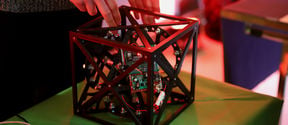
IoT Forge donates EUR 1 million to the School of Engineering
The donation will be used for research and education on the Industrial Internet and digital twins.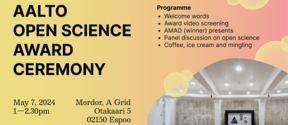
Join us for the first Aalto Open Science Award Ceremony
All Aaltonians are welcome – no registration required!